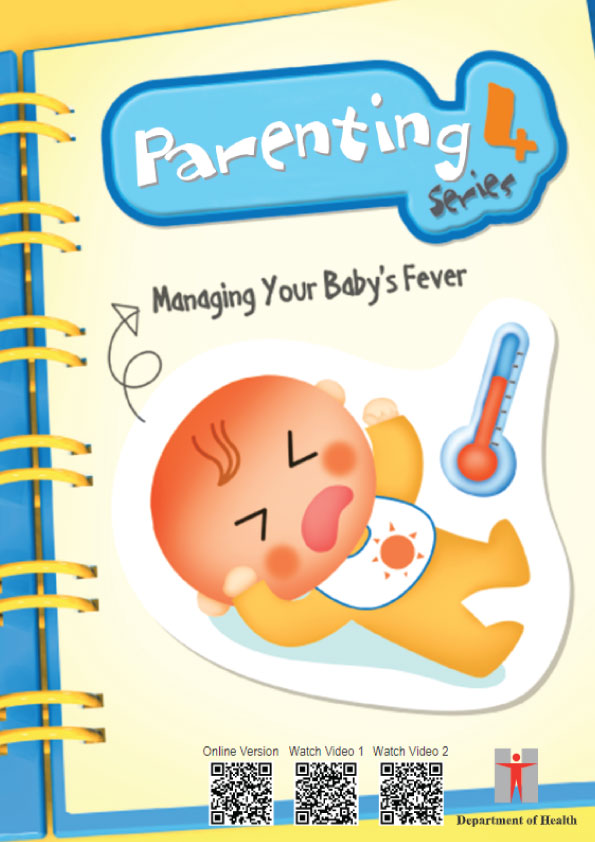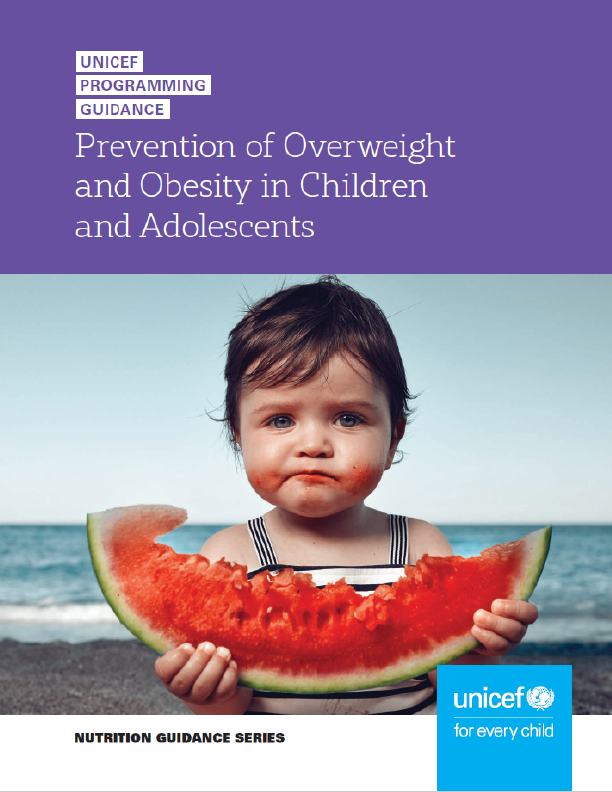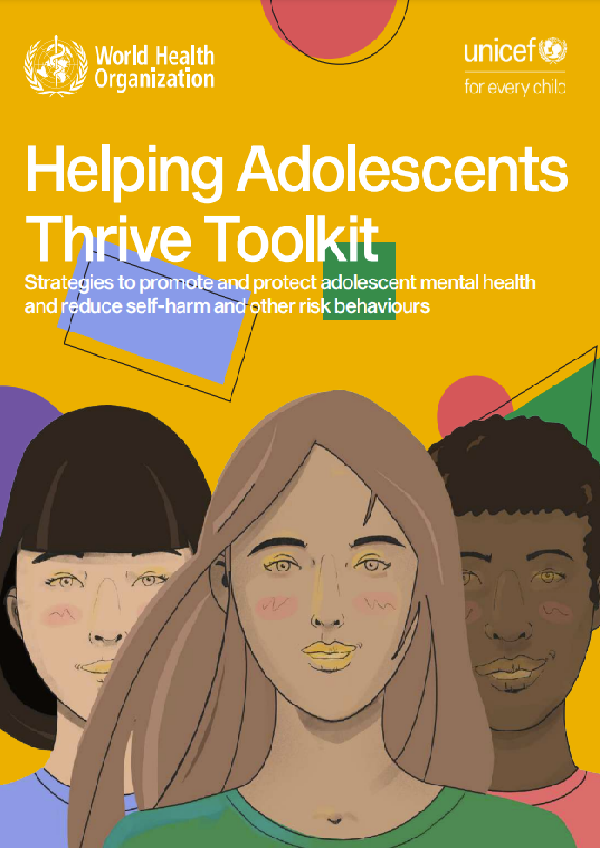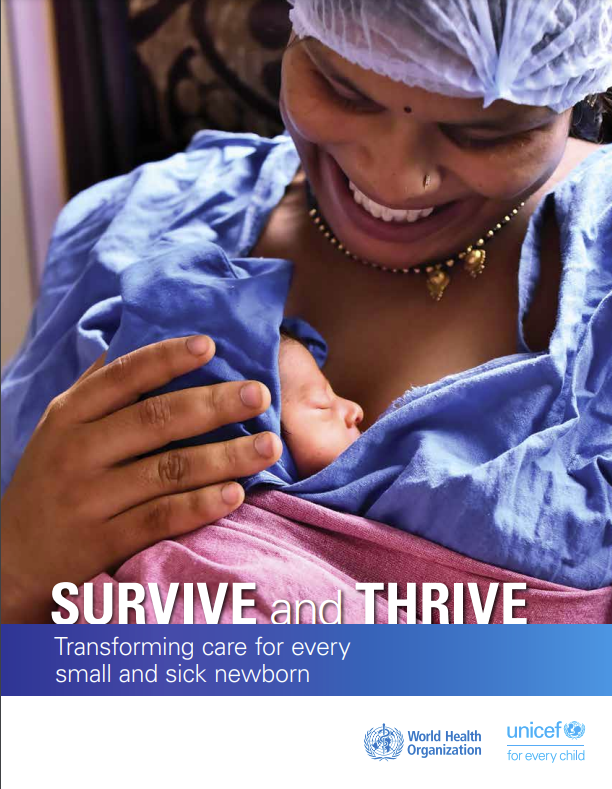What is Fever?
Nearly all babies experience fever one time or another. To have fever is to have a body temperature higher than normal. Fever is not an illness in itself but may be a symptom of an underlying illness. It is a sign that the body’s immune system is fighting infections. Fever can also be a response to vaccination.
What is the Normal Body Temperature?
There is no one fixed temperature reading that is considered normal for all children. The normal body temperature of a child varies with the child’s age, his activity, his health condition, the time of day and from which body part the temperature is taken.
| Measurement method | Normal body temperature |
|---|---|
| Tympanic (ear) | 35.8°C to 38°C (96.4°F to 100.4°F) |
| Axillary (armpit) | 34.7°C to 37.3°C (94.5°F to 99.1 °F) |
| Rectal | 36.6°C to 38°C (97.9°F to 100.4°F) |
When to see the Doctor?
- If your baby has fever after vaccination, it is likely that he will recover in 2 to 3 days’ time. All you need to do is to monitor his body temperature and calmly manage his fever at home.
- When your baby has fever but not after receiving a vaccine, you should take him to the doctor to find out the cause. However, if your baby is 2 months or younger, has problem in his immune system, or has other special health problems, even his body temperature is at the upper limit of the normal range, you should take him to the doctor immediately.
- Whatever the reason for your baby’s fever, if any one of the following signs appears in the baby, or if you are concerned or distressed, you should take him to the doctor immediately:
- Having a fit
- Developing rash
- Being less well or not feeding well
- Having persistent fever
- Having signs of dehydration e.g. dry mouth, absence of tears, poor overall appearance, sunken eyeball and sunken soft spot on the skull
Home Management of Fever
Apart from complying with the doctor’s treatment and prescription, knowing how to manage fever at home is also important.
1. Monitoring your baby’s temperature
You may take the body temperature of your baby every 4-hourly if you want to be certain whether she has fever or not.
Commonly used thermometers for young children
| Types of thermometers | Digital | Infrared Tympanic |
|---|---|---|
| Temperature taken from |
|
Ear drum |
| Accuracy |
|
|
| Cost | Economical / affordable | More expensive |
| Convenience | Easy to use |
|
| Special remarks |
|
Not suitable if
|
Note: Do not use mercury thermometer for safety reason as it may break easily and has toxic mercury spillage as a result.
How to take temperature
Using the digital thermometer for rectal and axillary methods
- Rub the sensor of the digital thermometer with cotton wool soaked with 70% alcohol.
- Switch on the thermometer.
| RECTAL METHOD | AXILLARY METHOD |
|---|---|
| Place a small amount of lubricant on the bulb end or sensor. | Lay her on her back on bed or on your lap. |
| For young infants or small babies: Lay her on her back on bed and hold her feet up For 6 months or older: Place her belly-down on your lap and fix her legs between your thighs. |
Gently put the thermometer in direct and firm contact with her armpit. |
| Keep her still in this position. Gently insert the thermometer to about a half to an inch (1.3 to 2.5cm) into the rectum. Hold it in place and avoid pushing it in too far. | Hold the thermometer in place by pressing baby’s arm against her body. |
- Remove the thermometer upon hearing a beep sound.
- Put aside the thermometer while you dress the baby. Place her in a safe place.
- Take the temperature reading. Then switch off the thermometer.
- Wash the thermometer with soap and water and then wipe it with cotton wool soaked with 70% alcohol.
Using the tympanic thermometer
- Always refer to the manufacturer’s instruction manual on the proper procedures and the normal temperature range as these differ with thermometers.
- Use a new and clean probe cover each time the thermometer is used.
- Pull the ear to straighten the ear canal
- Below Age One: Pull Straight Back
- Age One and Up: Pull Upward and Backward
- Insert the thermometer probe into the ear
- Take the temperature reading:
- Take temperature from the same ear during the period of temperature monitoring, as there is likely to be temperature difference between ears.
- Take 3 measurements from the same ear at a time and settle on the highest reading.
- Refer to the manufacturer’s instructions on care, cleaning and calibration.
2. Taking prescribed medication
When the body temperature is higher than normal and your child is uncomfortable, or when instructed by your doctor, you may give prescribed fever-lowering medicine to your baby. Give the prescribed medication only when the baby has a fever, usually at an interval of 4 to 6 hours between doses. Check the label carefully, note the route of administration, and ensure that the dosage and the number of times given are not exceeded. An overdose of fever reducing medication can be harmful.
3. Dressing your baby comfortably
Dressing your baby comfortably to avoid baby getting too hot or too cold. Cotton clothing is the best choice as it absorbs sweat well. Changing wet clothes for dry ones will make your baby feel more comfortable.
4. Keeping the room ventilated
Keeping the room ventilated and cool helps to make the environment more comfortable to your baby. You can do so by opening the window, turning on the air conditioner or keeping a fan going.
5. Replacing body fluids
Sweating during fever will lead to loss of body fluids. Try to give your baby extra amounts of fluids to replenish the loss. For breastfed babies, you simply need to increase the frequency of breastfeeding as breastmilk contains plenty of water. Watch out for signs of dehydration in your baby and bring your baby to the doctor if any of the signs happens or you are concerned.
6. Adequate rest and nutrition
When your baby has a fever, he will feel tired and perhaps sleepy. Let him have enough rest at home. Keep the child away from playgroups or preschool. Fever will also slow down the digestive activity of the stomach. Try to avoid food difficult to digest. There is no reason to reduce the amount of normal diet as long as the baby does not refuse.
7. Sponging with lukewarm water
Tepid sponging itself cannot help lowering the baby’s temperature. However, many see it as a way to provide him comfort when the baby has the following conditions:
- Being unable to take oral medication
- Vomiting after medication
- Being extremely fussy and irritable
Seat your baby in a bath of lukewarm water and use a washcloth to spread water all over his body for about 5-10 minutes. Do not use cold water or rub alcohol on the baby as these could cause shivering and could increase his temperature instead. If the water turns cold or your baby starts to shiver, take him out of the bath immediately.
Taking care of a baby with fever and monitoring his situation day and night can be demanding and exhausting. Be prepared and share out the childcare among your family members. If you have questions or concerns about your baby with fever, try talking to someone who is an experienced parent. If necessary, consult the healthcare personnel.











